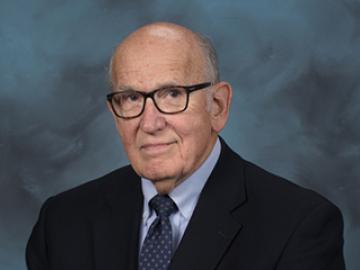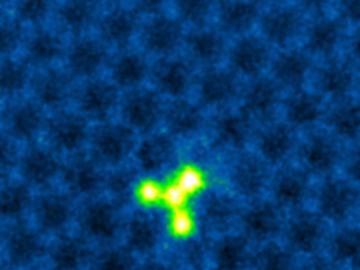
Filter News
Area of Research
- Advanced Manufacturing (1)
- Biological Systems (1)
- Biology and Environment (4)
- Clean Energy (30)
- Climate and Environmental Systems (2)
- Computational Biology (1)
- Energy Frontier Research Centers (1)
- Fuel Cycle Science and Technology (1)
- Fusion Energy (1)
- Materials (33)
- National Security (1)
- Neutron Science (19)
- Nuclear Science and Technology (10)
- Nuclear Systems Modeling, Simulation and Validation (1)
- Sensors and Controls (2)
- Supercomputing (18)
News Type
Date
News Topics
- 3-D Printing/Advanced Manufacturing (3)
- Advanced Reactors (1)
- Artificial Intelligence (1)
- Bioenergy (2)
- Biology (1)
- Biomedical (2)
- Climate Change (1)
- Composites (2)
- Computer Science (10)
- Cybersecurity (3)
- Energy Storage (1)
- Environment (1)
- Fusion (1)
- Grid (2)
- Isotopes (5)
- Materials Science (2)
- Microscopy (2)
- Molten Salt (1)
- Nanotechnology (3)
- Neutron Science (3)
- Nuclear Energy (4)
- Physics (4)
- Polymers (2)
- Quantum Science (2)
- Security (5)
- Space Exploration (1)
- Summit (2)
- Transportation (3)
Media Contacts

Philip Bingham has two pieces of advice for researchers new to Oak Ridge National Laboratory: (1) develop a skill set that can be applied to multiple research areas, and (2) get out and meet folks across the lab. “The favorite part of my work is that I’ve done a lot of very diffe...
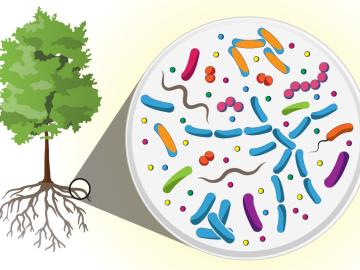

Three researchers from the Department of Energy’s Oak Ridge National Laboratory have been elected fellows of the American Physical Society (APS). Fellows of the APS are recognized for their exceptional contributions to the physics enterprise in outstanding resear...
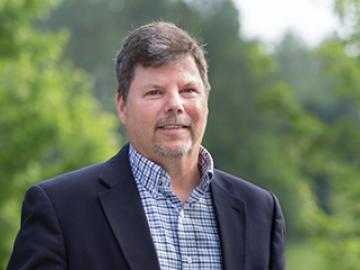
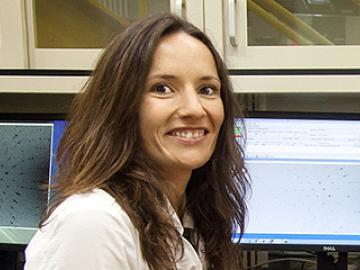

Scientists at the Department of Energy’s Oak Ridge National Laboratory used neutrons, isotopes and simulations to “see” the atomic structure of a saturated solution and found evidence supporting one of two competing hypotheses about how ions come
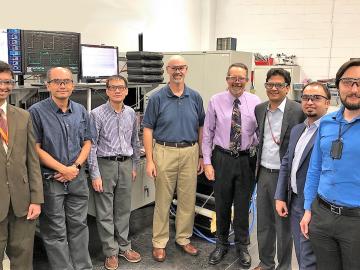
Scientists studying a valuable, but vulnerable, species of poplar have identified the genetic mechanism responsible for the species’ inability to resist a pervasive and deadly disease. Their finding, published in the Proceedings of the National Academy of Sciences, could lead to more successful hybrid poplar varieties for increased biofuels and forestry production and protect native trees against infection.
